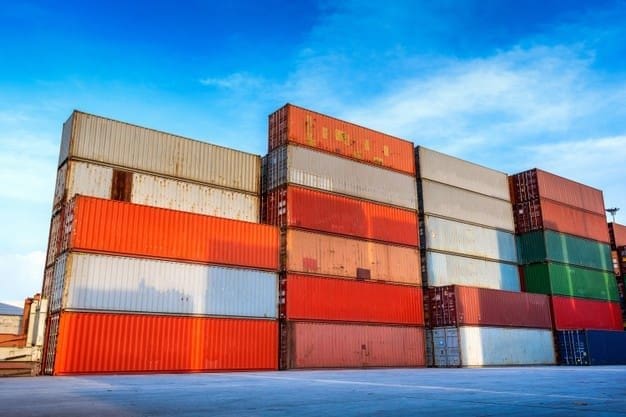The government is looking to expand the import monitoring system to electrical machinery, machinery and mechanical appliances, certain metals, chemicals and plastics as it seeks to devise strategy to better understand imports, a lot of which is being shipped under the radar, and co-relate it with domestic manufacturing capability and capacity utilisation. This data is seen to be crucial for imposing trade remedial measures in case a surge is noticed.
For every product category, there is an “others” group, where items are not properly classified. An analysis undertaken by the commerce department showed that close to 80% of the imports under 10 segments were imported under the “others” category and their total value added up to $128 billion, which was a third of the shipments into the country.
Between January 2020 and January 2021, 55% of India’s imports were in the “others” group, the analysis showed. As much as 97% of the metal scrap entered via the others route during this period. Similarly, 60% of the auto components came in this segment, providing little information to the government on the kind of auto parts that came into the country.
As a result, the government has devised a multipronged strategy, including issuing HSN Codes to classify these goods for better monitoring. Besides, an import monitoring system has been put in place for iron and steel products, which requires advance information to be submitted online by the importer and the payment of registration fee. The mines ministry has also recommended a similar mechanism for certain non-ferrous metals.
Sources said that commerce and industry minister Piyush Goyal has held detailed discussions on the issue with various ministries and the system will be ramped up in coming days. Data available with commerce department showed that South Korea was the largest source for imports under the “others” category.

